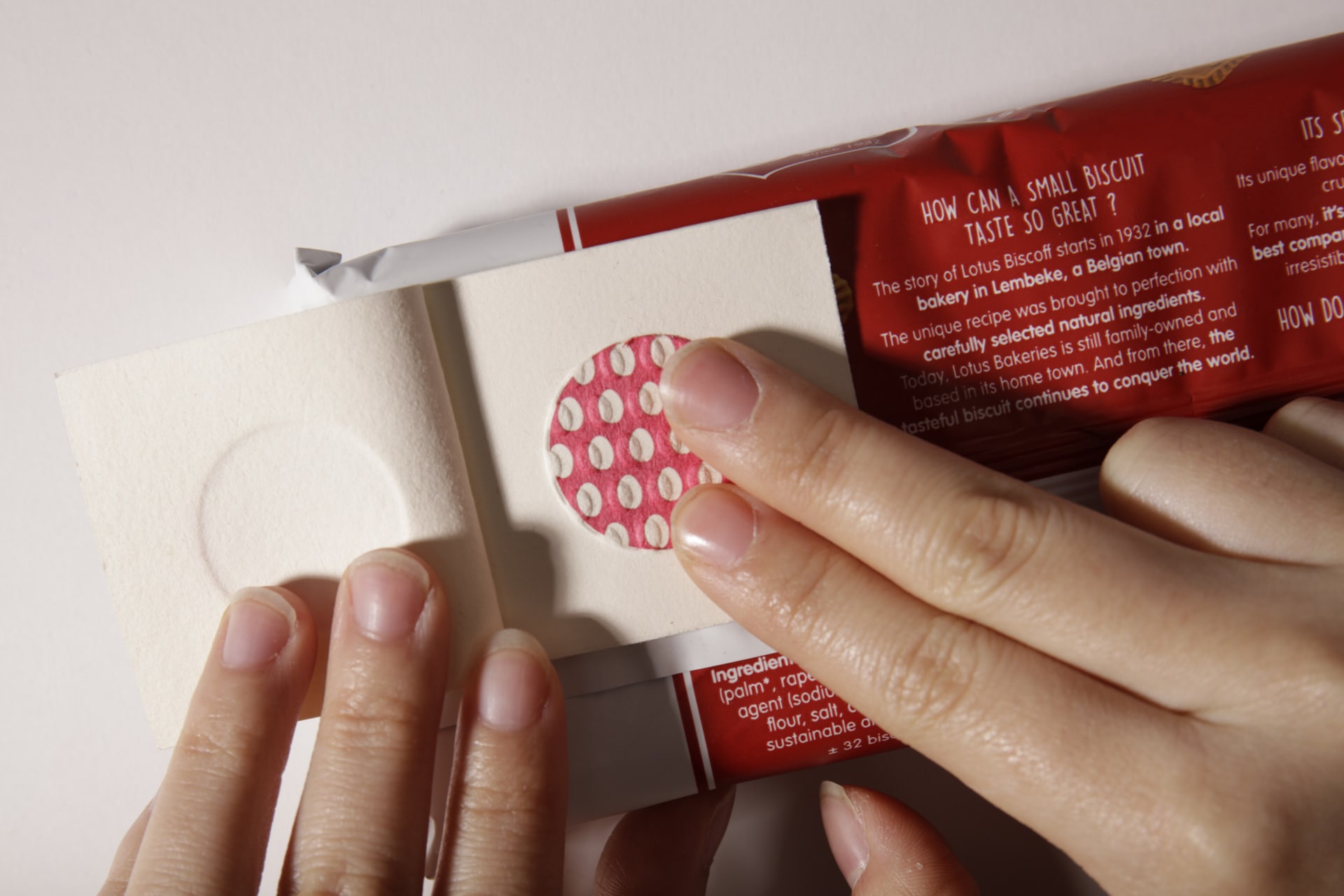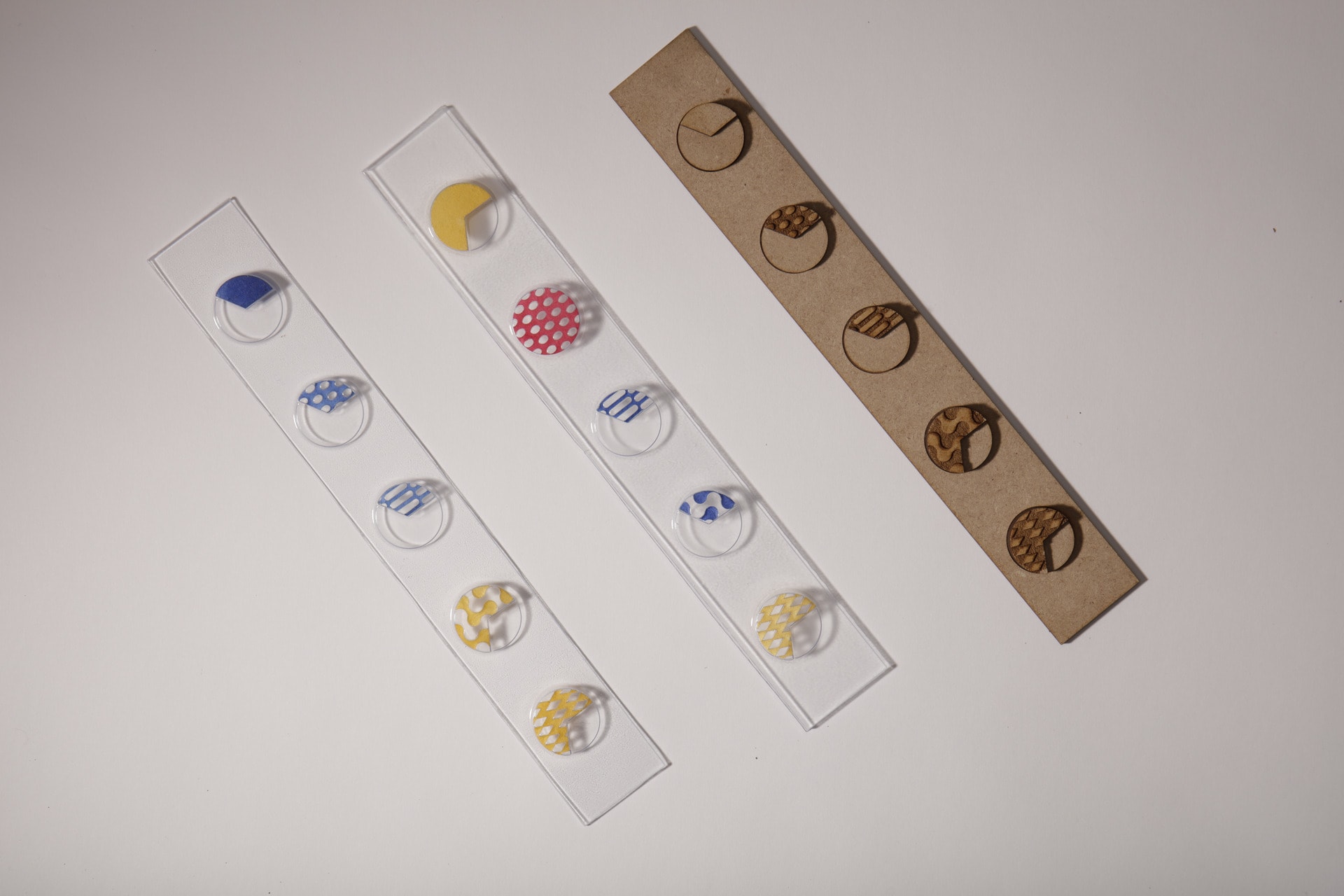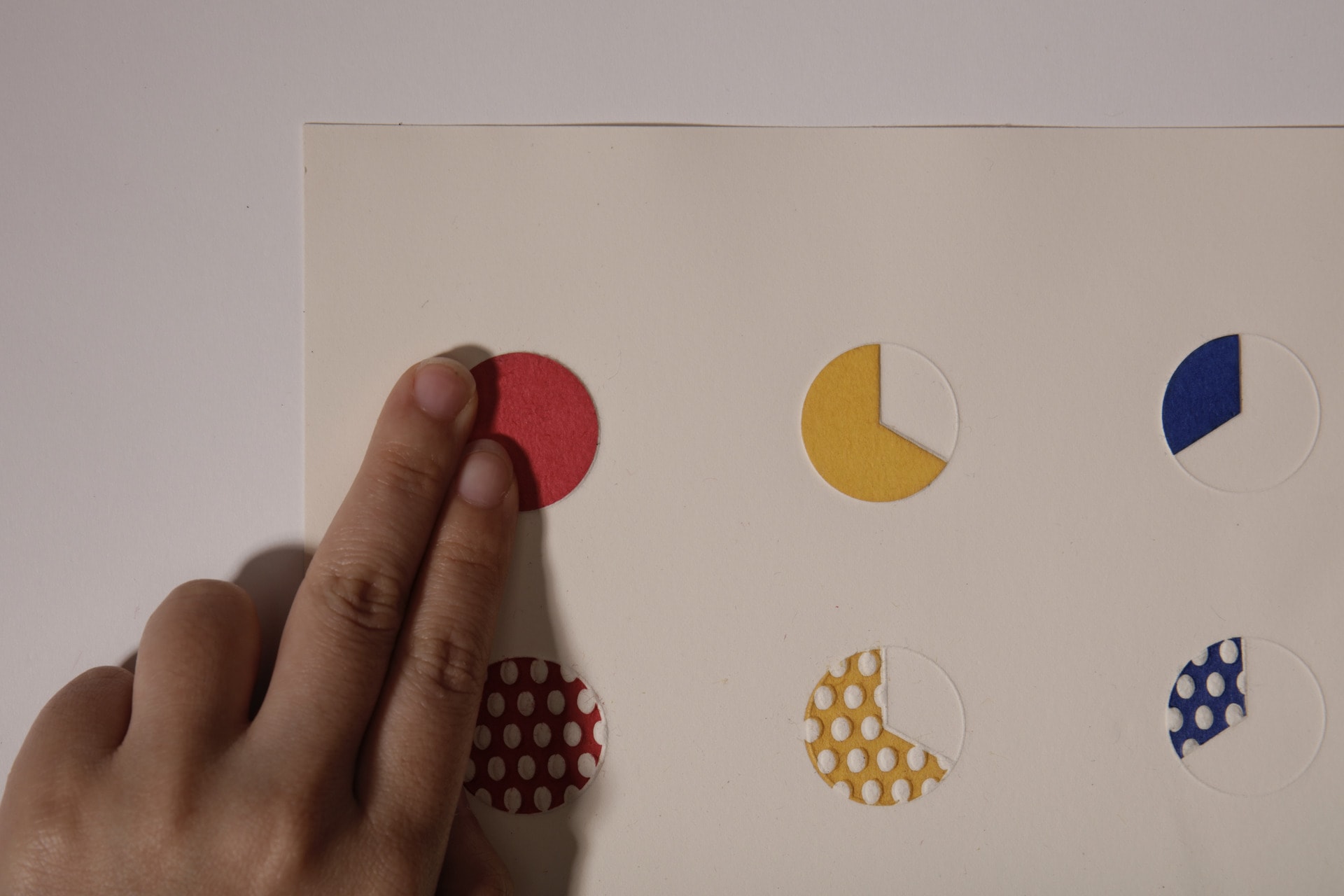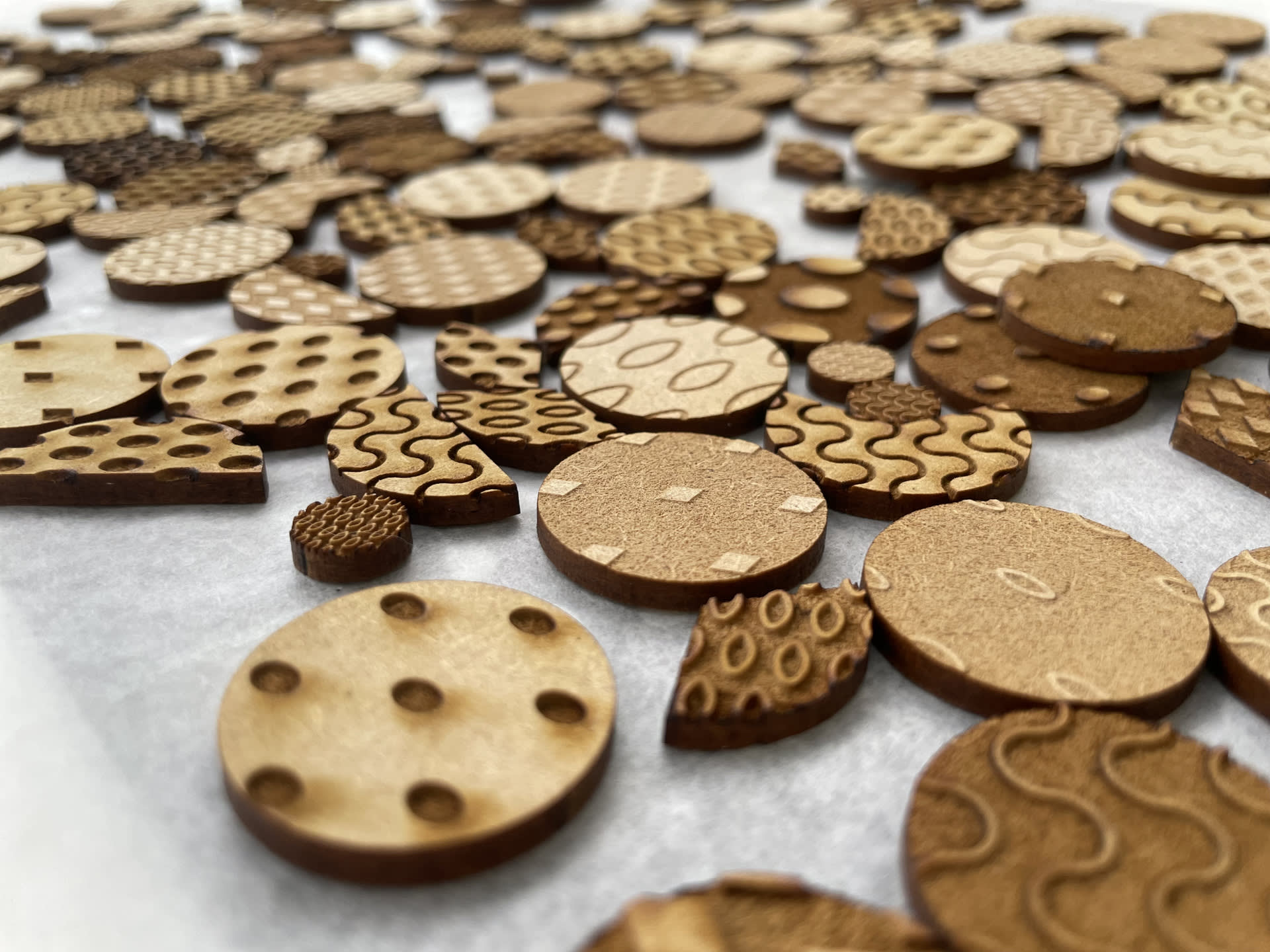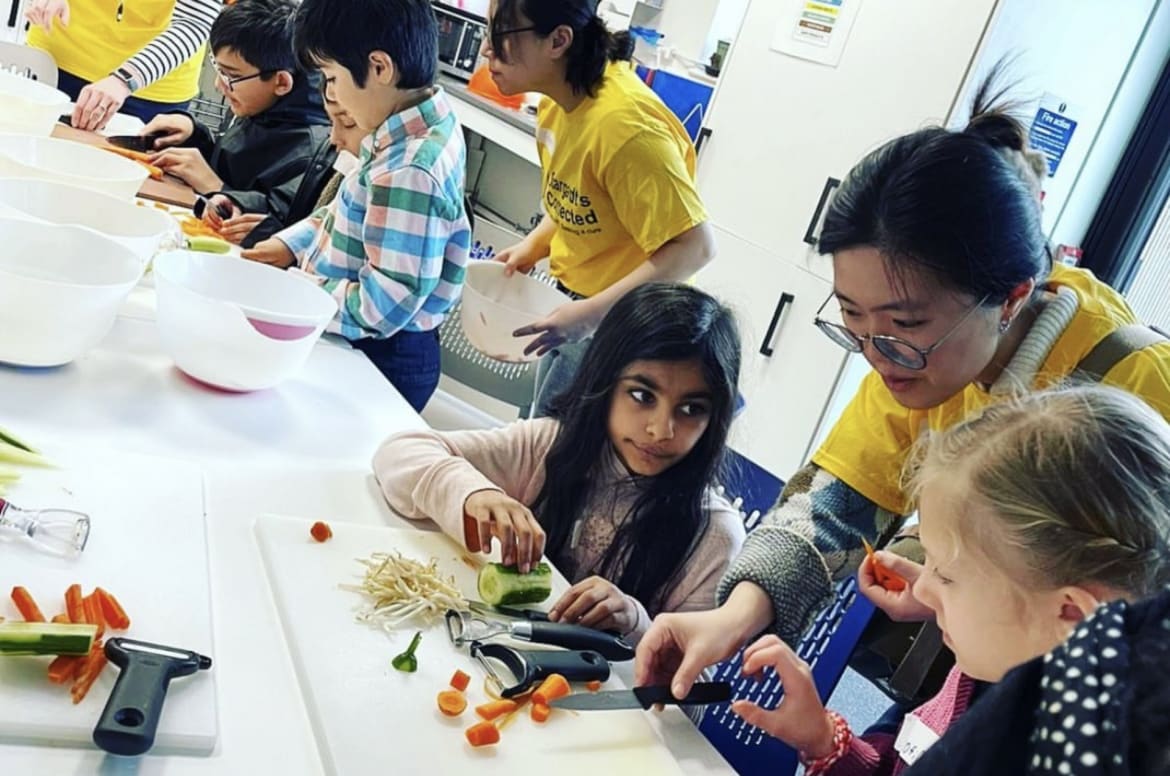Lingxi Hua is a talented CMF (Colour, Material, and Finish) designer from China who graduated from the Royal College of Art with an MA in Printed Textiles. Dedicated to inclusive CMF design for disadvantaged communities, she believes in the power of design to positively impact marginalised communities and aims to create solutions that cater to their specific needs. By incorporating inclusive design principles, Lingxi seeks to bridge gaps and promote accessibility in her CMF designs.
Lingxi has volunteered at Stargardt's Connected to support visually impaired children, where she collaborated with CSM students to design a role-playing game for visually impaired children called code breakers to develop their individual personalities. She also worked in a luggage textile studio where she focussed on research and design development for CMF which has been exhibited at several museums in the UK including the V&A and the National Gallery.
Through these experiences, she has developed a unique understanding of innovation in CMF design which she applies to her current work.
Awards: RCA x Logitech Grand Challenge Finalist 2021: New Economic Model for the Ocean.
